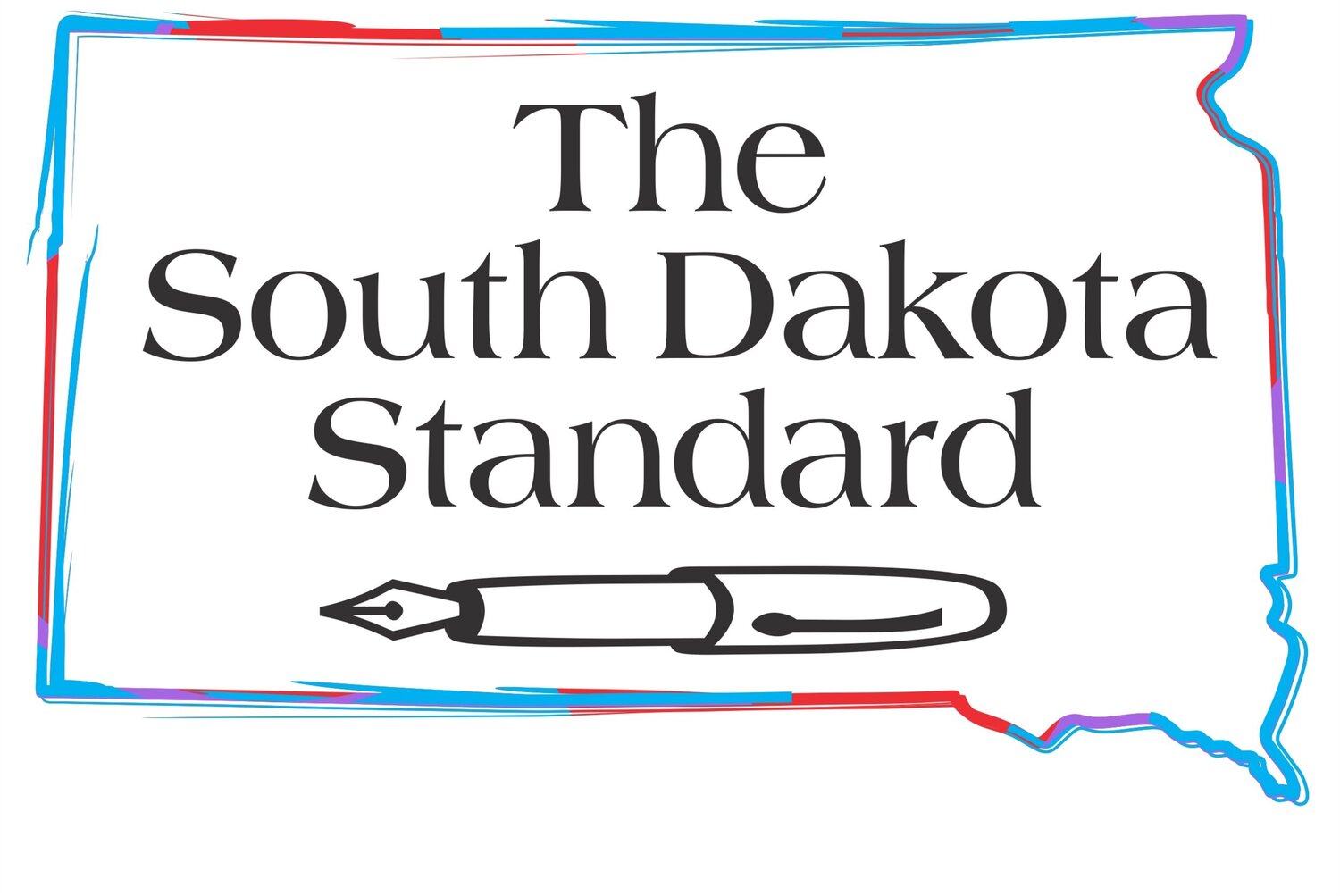How not to rapidly rework an economy: radical policies in Mao’s China and Stalin’s USSR created mass famines
Recently, I read “Hungry Ghosts: Mao’s Secret Famine,” a study by Jasper Becker of China’s Great Leap Forward and the resulting famine of 1958-62. Long banned in China, the book retells a famine that for at least 20 years, “no one was sure whether it had even taken place.”
It was widely assumed, even in the West, that while the Chinese Communist Party had its share of shortcomings, it had at least kept its population fed. But following the launch of China’s open-door policy in 1979, documentary evidence and statistics revealed that at least 30 million people had starved to death as a result of the Great Leap Forward government campaign to rework the national economy and bring China from an agrarian backwater to an industrial powerhouse overnight.
In 1981, the CCP acknowledged that most of the famine’s cause lay not in droughts, but in policy. This makes the 1958-62 famine singular insofar as its causes were neither blight nor warfare, but simple government hubris.
The scale of this apocalypse is quite literally unimaginable. If each death were hastily sketched in just ten seconds, it would take nearly a decade, without rest, to tell of them. In the 1990s, Becker, a journalist, reconstructed a sampling of the memories of survivors, travelled extensively throughout rural China, and pored over demographic data to gather the materials for his book.
Still, its conclusions are tentative. Some claim the actual death toll did not top 15 million. Others cite a figure of 55 million. Others (the Washington Post’s Daniel Southerland in particular) claim the total may have exceeded 80 million.
The various figures underscore the fact that not only did Chinese officials keep the most horrendous famine in human civilization a secret from the rest of the world, they even kept it a secret from themselves. Getting to the bottom of things is no easy task. Walter Mallory wrote in 1926, “There is no bottom in China, and no facts.”
China has experienced cycles of famines for thousands of years. The heartbreaking irony is that the cause of the 1958-62 famine lay in the communist government’s aim to end famine. The CCP disdained intellectuals, universities, and scientists. Mao believed that class struggle undergrid all history and even the natural world.
Thus, crops of the same species, as members of the same “class,” ought not to compete with one another, and super-high-density planting would therefore increase yields, he reasoned.
The backyard furnaces of the Great Leap Forward are well known. To speedily industrialize China, tools and pans were melted down in order to create a fleet of tractors, automobiles, and airplanes. What resulted was worthless slag and farmers forced to plow with wooden implements instead of iron ones. But there were other missteps as well.
Where (in places such as Guangdong) farmers would usually plant 600,000 seedlings per acre, the party required them to plant 6 million. “The same close planting was done throughout China with wheat, cotton, sorghum, millet and every other important crop: the results were identical — the seedlings died.”
But the reports to Mao were rosy. And the Chinese press printed photographs showing wheat growing so densely that children could sit atop a field. A newspaper photographer in Xinhua revealed to Becker that the pictures were faked by placing a bench beneath the children.
Reasoning that if crops thrived with deeper plowing, then still deeper plowing would spike yields to utopian levels. The party therefore ordered furrows — dug by hand — three to as much as 10 and even 13 feet deep. In the north, dynamite was used to loosen the frozen soil. In Guizhou, the trenches were so deep the field workers tied ropes to their waists in case they fell in. The result was, of course, disastrous. Yields spiraled downward.
Local officials knew that they had to show success with these inane methods, and so they vastly overreported yields. Elated, Mao ordered a dramatic increase to agricultural exports. When the yields did not materialize, peasants were accused of hoarding a surplus; of hiding stores of rice underground. To make their point, some officials buried grain in a field, then publicized their discovery of it, thereby proving that the fault lay in disobedient peasants rather than policy or lax local enforcement of it.
Populations of peasants were terrorized, tortured, jailed, and executed for “rightist thinking.”
When the next planting season arrived, many farmers were so exhausted by hunger that they could no longer work. Corpses were left unburied. Hundreds of villages were emptied entirely of people. Cannibalism became rampant.
By 1960, famine reached the cities. All vegetables disappeared from the stores. There was nothing to eat but rice and grain rations were halved. Many ate only grass soup and dirt. School cafeteria workers stole food from schoolchildren. Families fissured. Jasper Becker interviewed “former prisoners [who] remember sharing a cell with inmates who had murdered one of their parents for a bag of grain” (225). According to demographic studies, nearly a fourth of the victims “were peasant girls, who appear to have been deliberately allowed to starve to death or were killed by their parents.”
Becker acknowledges that the debate over the actual death toll of the Great Leap Forward is, from a moral perspective, meaningless. But in comparing the Chinese famine of 1958-62 to other famines such as those in Cambodia, Africa, India, and Ireland, he notes: “The event which most resembles Mao’s famine is that in the Ukraine in 1932-3 where circumstances were almost identical.” In the Ukraine, Stalin had diverted food and seized grain for the population of Russia. Millions starved.
Let us not repeat history.
Thomas E. Simmons is a professor at the University of South Dakota Knudson School of Law in Vermillion. His views are his own and not the views of USD, its administrators, or the South Dakota Board of Regents. The opinions expressed above are those of a private citizen.
Photo: Mao in 1971, public domain, wikimedia commons
The South Dakota Standard is offered freely and is supported by our readers. We have no political or commercial sponsorship. If you'd like to help us continue our mission to advance independent political and social commentary, you can do so by clicking on the "Donate" button that's on the sidebar to your right.







